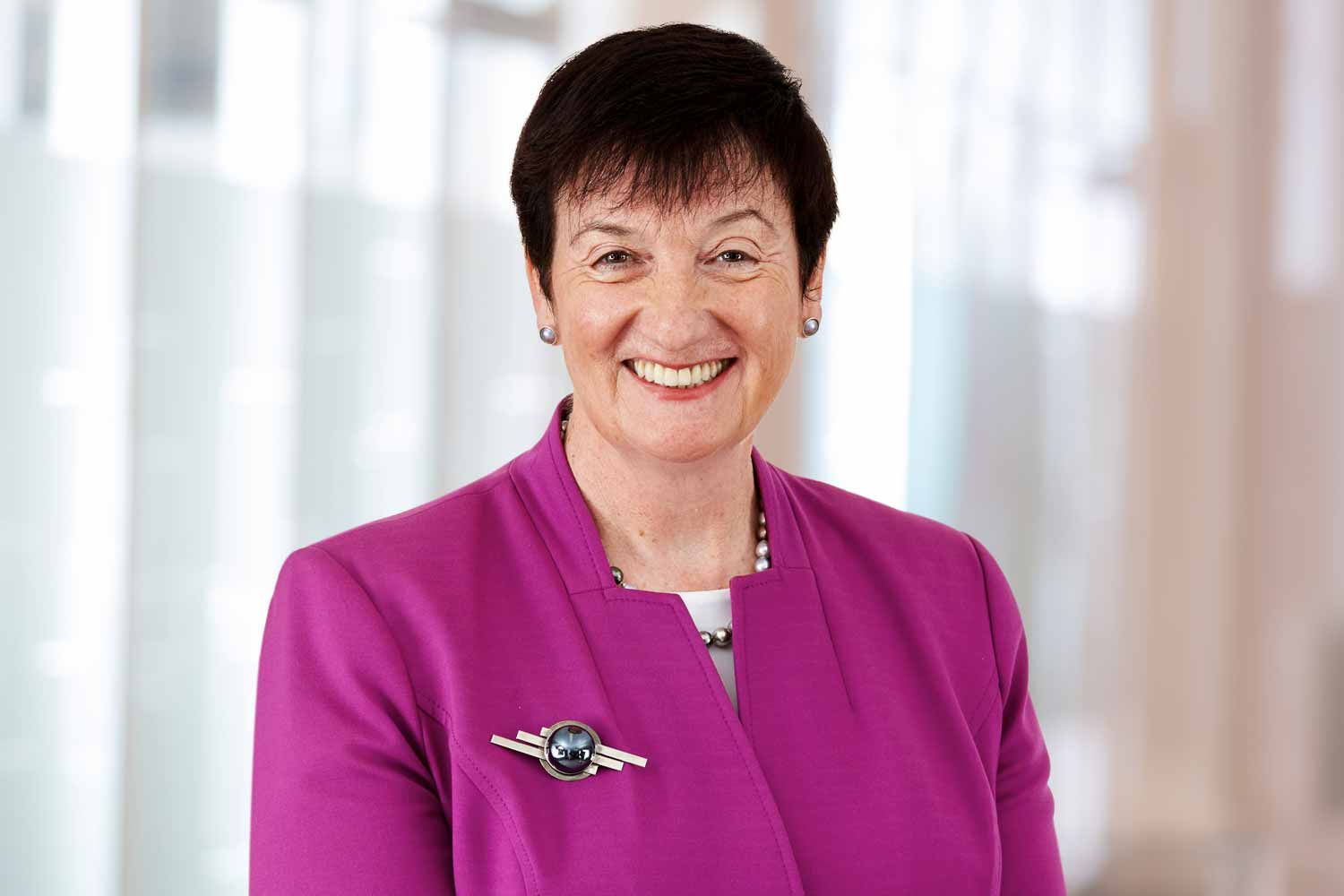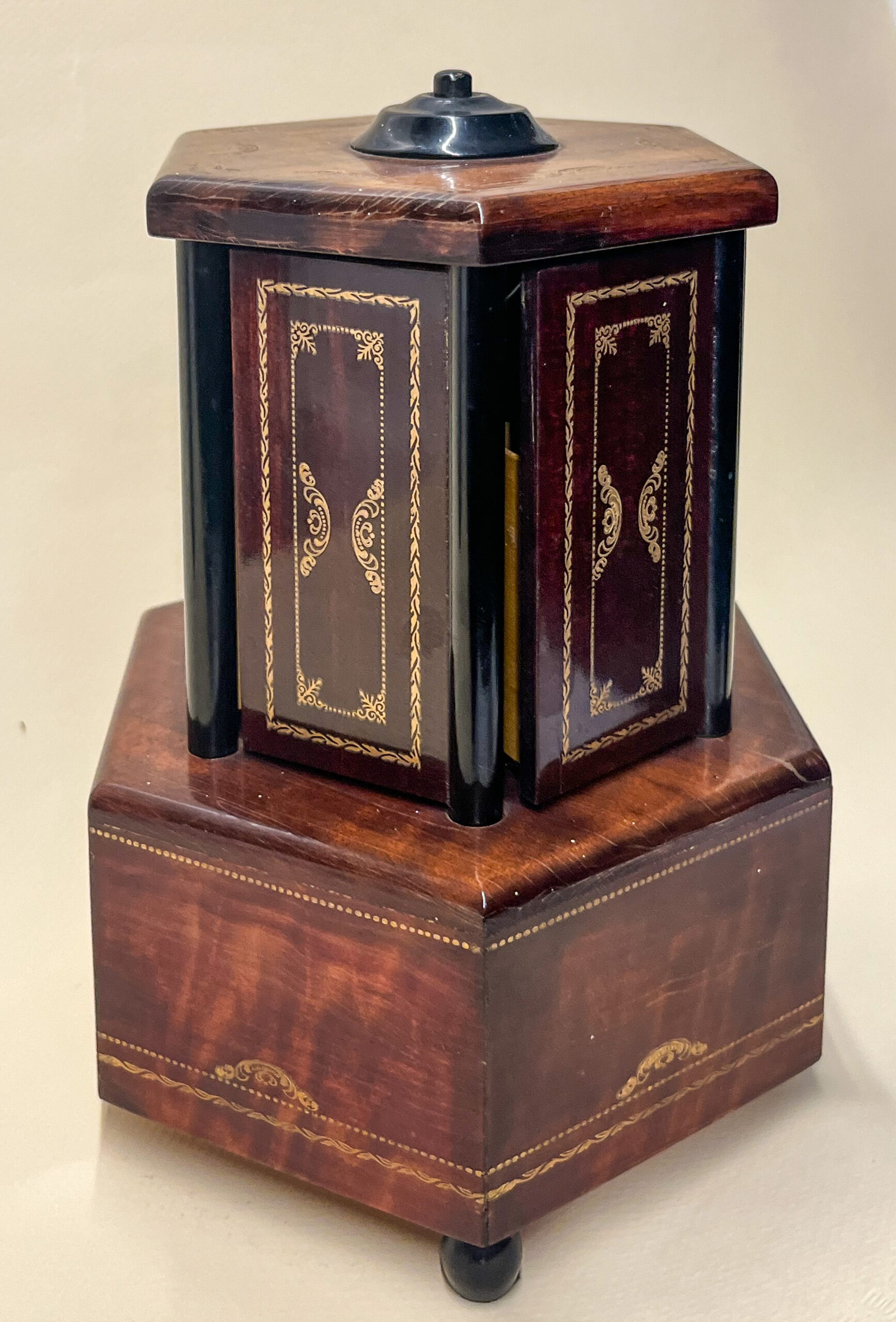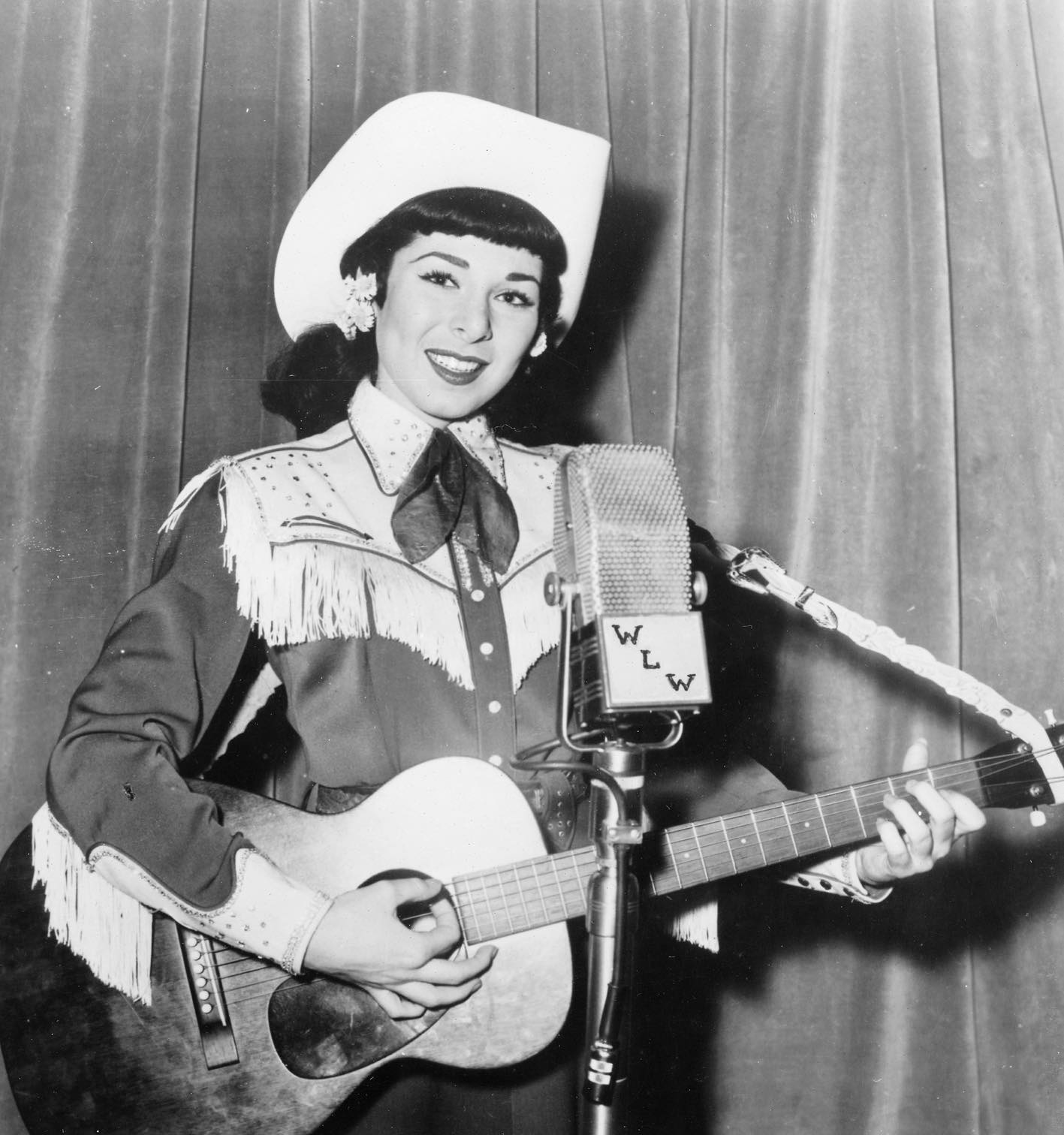 Todd Sampson. What a groovy folk hero with a cool propensity for those laconic T-shirts with “Meaning”. The boy who emerged from the poverty-tinged town of Sydney, a coal town on the tip of Canadian province, Nova Scotia. Born 53 years ago. Environmentalist, vegetarian, swinging from his own heroics, Sampson ran a major advertising agency which legitimised him appearing on the ABC “Gruen” show as a regular panellist. Given that the show likes to pillory those advertisers who demean business with dodgy advertising, I wondered why the program had never touched Qantas.
Todd Sampson. What a groovy folk hero with a cool propensity for those laconic T-shirts with “Meaning”. The boy who emerged from the poverty-tinged town of Sydney, a coal town on the tip of Canadian province, Nova Scotia. Born 53 years ago. Environmentalist, vegetarian, swinging from his own heroics, Sampson ran a major advertising agency which legitimised him appearing on the ABC “Gruen” show as a regular panellist. Given that the show likes to pillory those advertisers who demean business with dodgy advertising, I wondered why the program had never touched Qantas.
But then Todd Sampson, the avowed environmentalist has been a non-Executive Director of Qantas Board since 2015; that committed consumer advocate is a Member of the Qantas Remuneration Committee and a Member of the Audit Committee; sharp-eyed defender of public good is de facto Defender of the Qantas Business Practices.
Need I say more. Crikey has. It has labelled him “egregious”. I suppose that term has validity for a person who has over 200,000 shares in Qantas and an annual remuneration of close to $300,000 from the Irish ATM of the late, unlamented Alan Joyce.
Geoff Allen
I mentioned Geoff Allen in my blog earlier this year. I have not seen Geoff Allen for years but in the article that he wrote in the Australian Financial Review recently, I detected that the Geoff whom I knew when he and I were still young men, still burned bright.
Geoff Allen eventually ran a very successful consultant business, but while working for Bill Snedden when he was both Federal Treasurer and Leader of the Opposition, Geoff was keen to build up both his contacts and knowledge in policy development in politics.
In 1978, Bill Callaghan, director of the Australian Industries Development Association (AIDA) retired. He had been a close associate of “Black Jack” McEwen in the Department of Trade before taking on the role in 1968. He was succeeded by Geoff, who had been developing his profile in academia after he left Snedden in late 1973.
Geoff was always interested in the creation of a research/policy development area within the Federal Liberal party. The drivers were a group who had worked together at McKinsey’s and had gone on to be successful businessmen or Liberal Party apparatchiks. One of the McKinsey people was Rod Carnegie and he, John Elliot and Jim Carlton were strong supporters of the concept, and Geoff Allen played an important role in assuring Snedden’s support.
It was a characteristic of Allen in that he was true conservative, his smile concealed a ruthless streak and, in several instances, I witnessed how he protected Snedden. I was interested to read his article.
He did not mention his own direct involvement in the AIDA, which was essentially a foil for “McEwenism” and the whole question of sheltering business from overseas competition through tariff walls. But as Allen writes, without mentioning his hidden hand, the AIDA became more progressive, “pursuing a more open economy and a progressive policy agenda through pioneering research- based advocacy.” That in the proverbial nutshell is the Allen strategy.
Allen is critical of the current Secretariat being the public face of the Association, as it leads to polarisation, and a predictability of reactivity and defensiveness in response. He believes the office bearers of the time should be the face of BCA. mentioning the early successes of the BCA, he sets out where he believes the BCA has drifted. The BCA’s early endeavour in enterprise bargaining and the introduction of a GST, to get the BCA to see the other side’s arguments can be attributed to Allen. His journey with his Chair, Rod Carnegie to visit 80 CEOs was a very Geoff Allen tactic. The quality of “schmoozing” is vastly underrated unless, like both Carnegie and Allen, they were both very adept. Avoiding confrontation while progressing one’s agenda in the Australian political system which is built on an adversarial foundation is quite a skill.
Allen stepped down in 1988 and went on to form his own successful consulting firm, hiring on the way Vince Fitzgerald which added to the intellectual content of his firm. After he had left, Allen pointedly notes Keating excluded the BCA from any participation in the 2010 Vision summit. Rudd was equally incandescent, as Allen says. The perception that the BCA was too close, if not coincident, with the Liberal Party had destroyed its effectiveness as a broker.

Once grandees of the Liberal Party, as Allen identifies them, were vocal in advocating the BCA should be to the Party as the ACTU is to Labor, objectivity was lost. I suspect knowing Allen, he did not see it that way, and it may have been one of the precipitating factors in Geoff setting up his own consultancy firm.
“In reality, the BCA has declared and meticulously maintained its aloofness from party politics”. Here Allen expresses his own philosophy which sits at odds, with the recent appointment of a Liberal Party hack to the position of CEO of BCA.
Allen is critical of the drift to the BCA adopting ideological approaches, and where vested interests overwhelm public interest. Allen’s concern is the climate change denialist position fostered by the fossil fuel industry is now the policy of the BCA. Evidence is tossed to the wind, but Geoff, what would you expect of a Board of which Alan Joyce is a member?
On the positive side, Geoff Allen is still heard and his article is clever and pointed as only Geoff can write.
IVF
Some weeks ago, The Economist had one of its special reports and this one was reviewing the current situation. I wrote a letter to The Editor, and given I am a person from another age, and the publication has limited space for letters, it was unsurprisingly not printed.
What was important was that the review of IVF that I directed occurred in 1988, an early stage before commercialisation of the procedure inserted the significant profit motive. Once IVF was assessed to be a business opportunity then scientific objectivity was hard to find in a fog of public relations.
My letter started (sic):
In 1988, my group was asked to evaluate IVF in Australia by the Australian Government. At that time there were 18 clinics offering basically the same IVF. It was difficult to work out the level of success, which we measured as “live baby in the basket” – counted as “one” even if there were twins or triplets. It was a time when there was still that unfortunate “wow” factor of the octuplet, where unscrupulous doctors were inserting many eggs at the one time. Added to this we uncovered the practice of counting the so-called chemical pregnancies as representing a successful treatment.
Trying to find out the actual success rate was difficult but in the end we estimated 8.8 per cent. Not discussed openly was that the more unsuccessful treatment cycles a woman endured, the more mentally compromised she became. As the Economist article pointed out, there are now added procedures, such as egg harvesting and storage available, but female age and male infertility were and are still substantial barriers to a successful pregnancy.
The Economist article reported a study, by researchers at New York University (NYU), observed just 543 patients at one fertility clinic in New York. But their paper stands out because it followed real clinical outcomes for almost two decades, while most other studies are based on mathematical modelling. The researchers found that 39% of the women were able to have at least one baby using the eggs they had frozen, which may have involved multiple attempts over the 15-year period.
What is meant by multiple attempts?
 It is an area where public policy is dictated by the “smiling baby syndrome”, significant pressure from lobbying-savvy individuals, the profitability for the venture capitalists, the asymmetry of information to potential parents and the egregious nature of the advertising. This is coupled with the questionable nature of some putative treatments that continue to stigmatise what is a procedure which, when I agreed to undertake the 1988 review, I came to with a positive attitude, but came away less so.
It is an area where public policy is dictated by the “smiling baby syndrome”, significant pressure from lobbying-savvy individuals, the profitability for the venture capitalists, the asymmetry of information to potential parents and the egregious nature of the advertising. This is coupled with the questionable nature of some putative treatments that continue to stigmatise what is a procedure which, when I agreed to undertake the 1988 review, I came to with a positive attitude, but came away less so.
I finished the letter there, and from the time of this early review of ours onwards, I have maintained an interest. The problem is that there are more variations in IVF introduced over the subsequent decades. I found there were some troubling situations that had developed. From the earliest times, the profit motive was very strong within the services, despite protestations of the primacy of the public good.
The second was the proposition that one sperm, if picked correctly, could fertilise the ideal egg. To me this had the aroma of eugenics given how nature assures fertilisation. Further, where it was the men with infertility, many could not cope with themselves being “the culprit”. How this scenario has played out was barely discussed in that recent report
Yet, the recommendation that Australia consider IVF funding support for Indonesia at the same time supporting funding for family planning, was something else.
I have read that in the younger woman you get a 55 per cent success rate. What happens when you just plan for a natural birth, if that is a word still in use? What is that rate in the same person?
I’m sorry, but the figures overall still do not stand up. Perhaps somebody can stop the carousel and give a frank answer.
The Musical Cigarette Box
One of the major characteristics of our family’s failings is that we tend to be collectors, yet not hoarders.
 For years, among the extensive bric-à-brac, my aunts had collected was a music box. But the music box was also a cigarette dispenser.
For years, among the extensive bric-à-brac, my aunts had collected was a music box. But the music box was also a cigarette dispenser.
One pressed the button; the music box played one of its two tunes in its repertoire as the central area gracefully revolved, the bakelite doors opened revealing a cigarette holder behind each door. The box stayed open for enough time to take a cigarette before the doors clicked shut and the music finished.
My wife retrieved it as it was being thrown out after the last of the aunts died. She had been interested in its novelty nature when it had stood on the piano among all the other gewgaws. It is German, modest in its construction, made of varnished pine with six decorated bakelite doors to which the cigarette holders were attached on the inside.
I really had never paid much attention to it. To me it was a music box until it was pointed out that it served as a cigarette holder. They became very fashionable in the 20’s and 30’s when women were being encouraged to smoke and when it was ascribed with a certain elegance. Some of the cigarette cases made in that era were superbly crafted.
But there were other indications of the societal acceptance of women smoking. For instance, the long individual cigarette holder became an accessory for women who wished to smoke without the brown grubbiness of the unfiltered cigarette on their refined porcelain fingers. Cigarette cases took on more feminine characteristics, delicately made of gold or silver by high-end manufacturers.
My mother apparently smoked Balkan Sobranies before I was born. These Sobranie cigarettes were then perfect for the refined women’s taste. The Balkan Sobranie was black with a gold tip. It was redolent of the Turkish cigarette although manufactured then in London. To me it was really the “all spice” version of a cigarette, but just as deadly as any other cigarette.
Nevertheless, in the years before WWII with women increasingly smoking, fug was fashionable; and one only needs to look at the films of the time to understand that my parents must have adapted to living in this mist of mortality.
And the music box played on.
Just a Jewish Cowgirl from Brooklyn
The following article which appeared recently in the Boston Globe was written by Noel Schaffer, a journalist who writes for the Boston Globe among other journals and papers. He is obviously interested in the music scene. This is a delightful piece, about a time I barely remember. I do love her rendition of Route 66. Anyway, Mr Schaffer, I have lightly re-edited your piece and am grateful to be able to re-publish it in my blog.
The Bay State Barn Dance mentioned in the article is a live stage show reminiscent of The Grand Ol’ Opry and Nashville, Arkansas and the Ozarks and New Orleans and Louisiana blues. The Barn Dance is spruiked as “jam-packed with musical guests, comedy bits, old-timey sponsor announcements and surprises, all taking place on a full stage set!”
Started last year, the Barn Dance is staged in the Cabot Theatre in Beverley, a suburb of Boston. Described “as a North Shore treasure, a legacy of the visionary showmanship and architectural passion of the Ware Brothers”, it was opened for vaudeville and silent movies in 1920, and at the time was said to be “the most impressive auditorium of its size east of New York.”
With that, on with Mr Schaffer’s article:

In 1954, a young country singer named Mimi Roman took to the stage of Nashville’s Ryman Auditorium and made her first record, backed by a dream team of session players that included guitarist Chet Atkins and producer/pianist Owen Bradley.
When it was done, Roman wrote all the musicians thank you notes. “I didn’t realize they got paid. I thought they had done it as a favour. Talk about the height of naivete!” laughs Roman, 89, speaking from her Connecticut home. But Roman could be excused for not knowing how Nashville worked: She was a Jewish girl from Brooklyn whose love of horses and cowboy songs led her to become one of the most unlikely country music attractions of the 1950s. Now Roman is making her first singing appearance in 40 years in Beverly, at an event celebrating the premiere of a documentary film about the 2022 Bay State Barn Dance.
Roman was born in 1934. Her mother was a Radio City Music Hall Rockette. Her stepfather ran a successful pickle business, which allowed Mimi to enjoy the horse stables that were plentiful in an era when Brooklyn still had some wide open spaces. “There was a bridle path so you could ride from Prospect Park to Coney Island,” says Roman, who also won rifle-shooting competitions.
Mimi, who used her stepfather’s last name Rothman, entered the Madison Square Garden rodeo queen contest twice but came up short. Hearing that a top MSG official was antisemitic, she dropped the “t” from her name, and promptly won the 1953 pageant. Within months, she appeared on TV shows hosted by Paul Whiteman and Arthur Godfrey.
Decca Records shortened her name to Roman and invented a fictitious backstory that she was born in California that survives to this day online. Roman would go home to New York between sessions and tours, where her showbiz peers, including Elvis Presley, would visit her.
“We would go on little dates to the movies. He was the sweetest guy, an absolute gentleman,” she remembers. Presley tried referring Roman to the management services of Colonel Tom Parker, an opportunity she is still glad she turned down.
Despite working with Patsy Cline’s producer, Owen Bradley, none of Roman’s excellent Decca sides became smashes — she thinks it was because the label didn’t offer DJs payola. But on the strength of her performances, she was tapped to join the Philip Morris Country Music Show, an 18-month barnstorming bus tour headlined by Carl Smith. The tobacco company, looking to generate good will after being criticized for making a donation to a civil rights organisation, offered free admission with proof of purchase of one of their products.
“I got on the bus and said, ‘I don’t want any Jew jokes,’ and they were good about it,” says Roman. Still, going from New York to the segregated South was a shock.
The early ‘60s saw Roman move from the country circuit to the Brill Building near Times Square, a music industry hub. She sang jingles for Sprite and Doublemint Gum, released pop records under the name Kitty Ford, recorded demos for songwriters Paul Simon, Burt Bacharach, and Carole King, and appeared onstage in “Bye Bye Birdie.”
Mimi Roman left the music business for real estate and hasn’t performed in 40 years.
She kept her hand as a radio DJ, a singer with a local band, and an extra in films including “Tootsie.” “One day I was singing and looked at the audience and I said, ‘I’d rather be down there than up here,’ and that was it.”
In recent years Roman discovered that her country records had an overseas following among rockabilly fans. The German label Bear Family reissued her Decca sides. Last year Joe Hopkins released a charming documentary about Roman and produced a pair of releases drawn largely from Roman’s own collection of acetates: “First of the Brooklyn Cowgirls,” a compilation of unreleased ‘50s tracks and radio and TV performances, and “Pussycat,” a collection of Kitty Ford sessions.
Word that Roman was living in New England reached promoter Beck Rustic, who was constructing an event to celebrate the premiere of a documentary about the Bay State Barn Dance, an Opry-style revue that was the centrepiece of last year’s final New England Shakeup rockabilly weekend. The film will screen on Friday at The Cabot in Beverly.
“I’m excited and still kind of dumbfounded that people want to hear me. It’s nothing I could have forecasted,” Roman says. “I’ll be there with my boots on. In fact, it’ll be the same pair of boots I last performed in. They still fit!”
Cowboy Caviar

This was one of the recipes from the Washington Post, which appeared in the last week. Also known as “Texas caviar”, the name attracts attention especially given the reprint of the Brooklyn cowgirl article above. “Brooklyn Cowgirl”! “Cowboy Caviar”! How exotic!
The following ingredients are those for this Yee-haw speciality:
- 400 gms black beans, drained and rinsed
- 400 gms pinto beans or 2 cans (800gms) if you want more beans, drained and rinsed
- 400 gms corn, drained
- 6-8 diced Roma tomatoes
- 1/2 large diced sweet onion
- 2 diced avocados
- 1 bunch fresh finely chopped coriander
- juice of 3 limes
- sea salt, to taste
Instructions
In a large bowl combine beans, corn, tomatoes, and onion. Fold in avocados and coriander to the bowl. Add a pinch of sea salt. Stir to combine.
Even a cooking klutz like myself could manage to prepare this dish where the “caviar” is black-eyed.
Mouse Whisper
It is always informative to look back on a person’s career as was written then. The following appeared in the SMH, 17 years ago, in an interview with Alan Joyce.
His mathematical skills have been far more useful to his aviation career than a pilot’s licence. The Irish-born Joyce holds a master of science degree from Trinity College, Dublin, with a double major in physics and maths, which has proved invaluable when facing complex revenue management issues such as forecasting the percentage of no-shows on a particular route on a particular day (which allows the airline to over-sell seats by up to 3 per cent).
Given what we know now, one can imagine how Joyce honed such skills over time until such mathematical skills allegedly have become the basis of criminal behaviour. He would not be the first one who allegedly has taken that route, in his case ensuring that he has squeezed every last drop from the Qantas Lemon he has fashioned and the suckers he has cultivated and fertilised (also known as the Board but according to reliable sources to be re-labelled The Planks).

